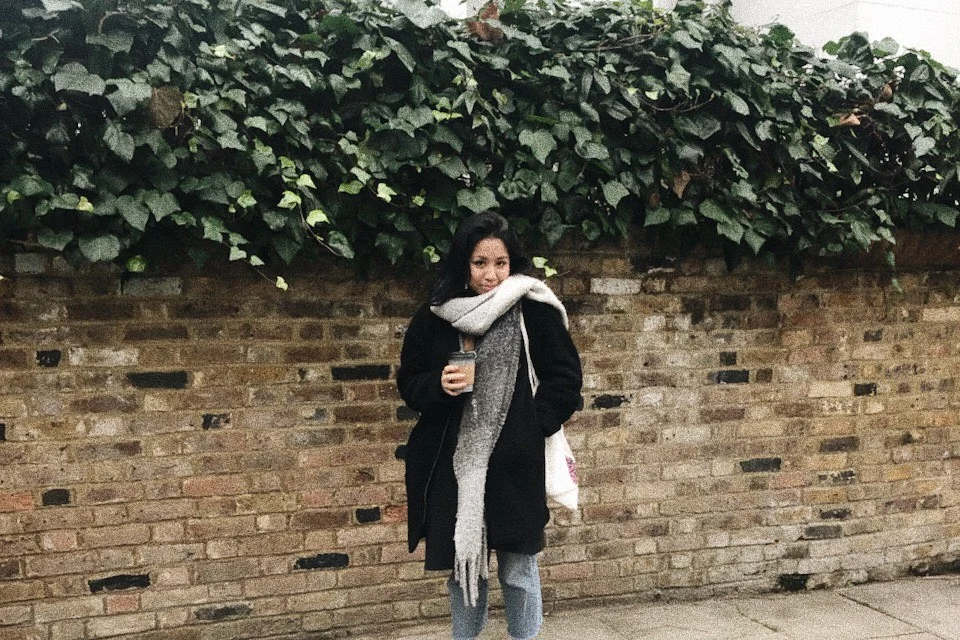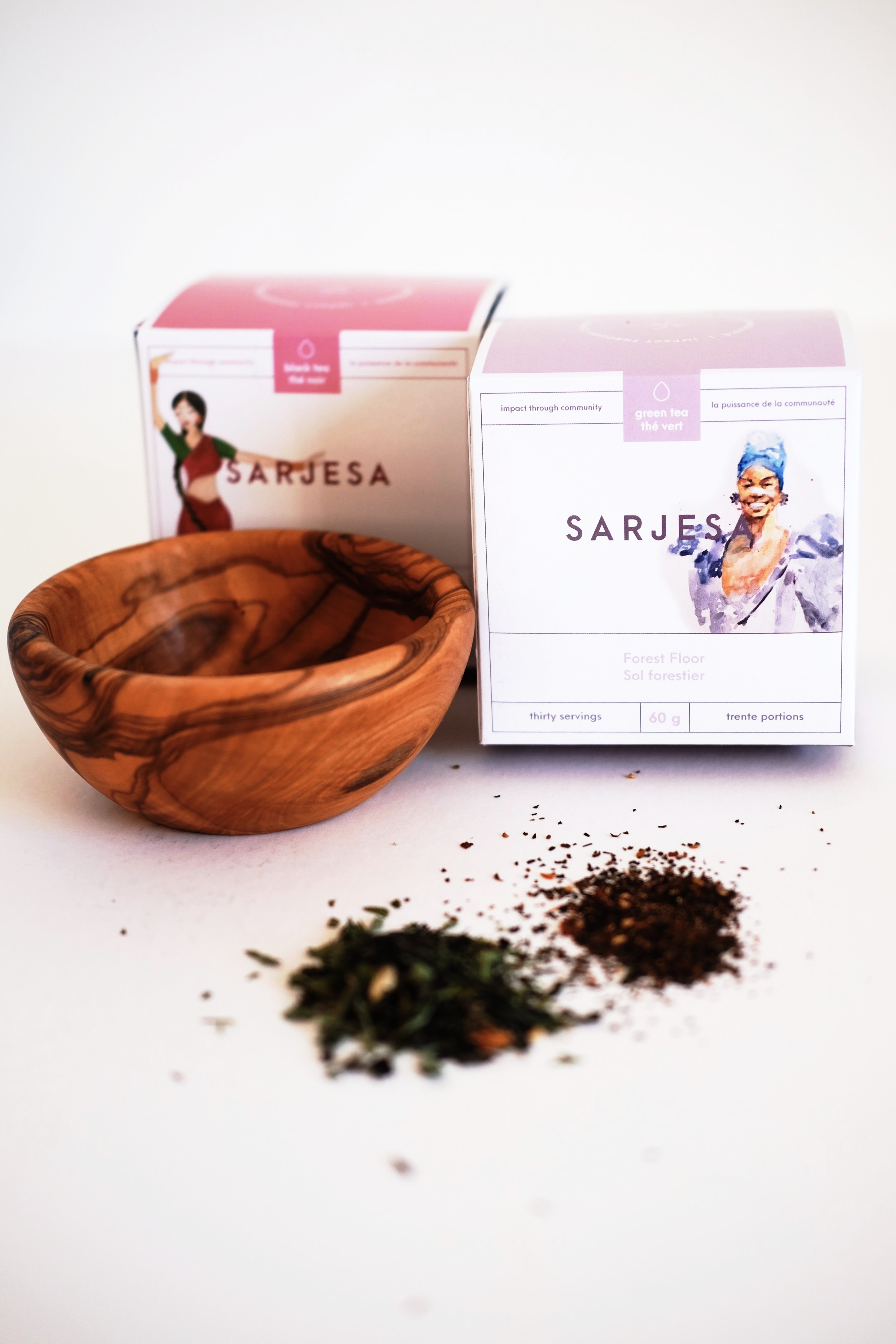My name is Joseph Plant. My black foot name is Aisah pi poom mawa (A Saw Be Boom Mawa), which translates into One Who Plants Seeds and was gifted to me by Roy Bear Chief. I’m an Indigenous man: Cree from the White Bear First Nations and Salish-Kootenay from the Flathead Reservation in Montana. I was raised on Treaty 7 land in and around Lethbridge, AB. In my mid-teens, I moved up to Calgary and for all intents and purposes, have become a proud Calgarian and resident on Treaty 7 territory.
At eighteen, after graduation, I had the opportunity to move to Norway, where I lived in the capital, Oslo for a year. After I arrived back in Calgary, I started a few projects. A pseudo famous band called Anything Goes; helming events for different bars down Seventeenth Avenue; became a bartender turned Internet (Insta-famous) craft cocktail bartender. And finally I landed at Mount Royal University. Here, I was studying Anthropology with a double minor in English and Business, but have since switched Anthropology into the minor slot and my new focus is marketing.
I was able to start a few projects here as well: two clubs called Classic Novels Club and Anthropology Club respectively. I also started Generation Indigenous after receiving a few grants. My work on campus through a program run through the Iniskim Centre and through GENi got me noticed by the Trico Changemakers Studio, where I’ve been working for most of the year (2018). Being at Mount Royal has given me so much opportunity.
This includes meeting the wonderful Alexandra Daignault as well as Sarjesa.
I remember my first meeting with Alexandra! A mutual friend, Hanna, connected us. And the two of us sat down to meet and get acquainted. It was through these meetings that I learned about Sarjesa and the wonderful things they are doing.
I’ve known Sarjesa’s tea for a long while now. I remember when it used to be called Solidariteas. I’m very proud of what Solidariteas was and what Sarjesa is today. I’m a huge supporter. I drink the brand “Prairie Wilds” nearly daily - the Trico Changemakers Studio has three large jars! I also have my own personal stash of PW at home, but I try not to use it, only on special occasions.
I’m still going through the process of decolonizing myself and learning what it means to be an Indigenous man as well as what it means to be a male in a male-dominated society. Once I arrived at university, I found out that I had very sexist language. And I didn’t know that prior to someone pointing it out to me. So, I’ve learned about my language and realized, there are most likely other parts of me that may be affecting others around me.
Am I a part of those that are creating spaces that are more equitable for racialized women? Or am I a part of the problem?
Yes and yes. Our identities are complicated. And my identity is no exception.
When I think of this mandate, I see support groups coming together, especially support groups for women and girls, and drinking Sarjesa. This tea is for them and it’s also for me.
When I think of Sarjesa, their mandate and Alexandra, I’m reminded of my Kokum (grandmother) and my mother. They’ve done so much for me and treated me so kindly. These lovely Indigenous women protected me from the horrors of poverty and shielded a young boy from the chaos that generally ensues within the lower class context. Though they did their best, they did not escape harm themselves. These women have the strongest shade of resiliency and have braved many storms. They saw some good in the world and have protected it with everything they have.
I want to correct my past behavior; I want to change my language within the areas I enter; I want to treat my fellow human beings with love and respect. I want to do what I can, so that people like my mother can walk in this world freely, without fear. I want her to feel the love I know the world is capable of.
What men can do is firstly, acknowledge that racialized women are at a disadvantage and that there are many spaces in our society where these women are being taken advantage of. The next step would then be to look inwards at ourselves. How are we affecting these spaces and those within it? How are we socializing? Are we trying to gain leverage over people? Are we taking advantage of vulnerability?
If yes to any of these, some work on ourselves is definitely necessary.
Finally, how are we supporting these racialized women? How are we supporting those trying to make a positive change?
More specifically, how are we supporting the amazing women around us?
Everybody has their own way to answer this question, so I’ll leave that for the reader to decide.
For myself, any support I can give to Alexandra and the communities she works with, I’ll be there if it makes sense. I’ll continue to stand in solidarity with these individuals while working on myself to be a better man, as well as a better ally to my fellow people.
Thank you, Alexandra and thank you for Sarjesa. The world will be forever grateful and may my stock of Prairie Wilds be always full.
Joe Plant

























